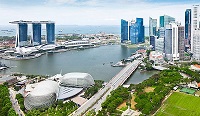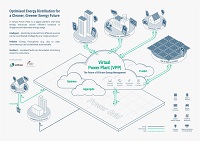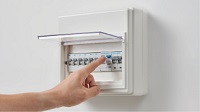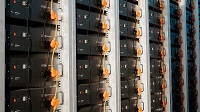Singapore’s energy mix has changed significantly over the decades. Fuel oil once powered our growth as a key trading hub until we switched to imported natural gas in the early 2000s. Today, 95% of our energy is produced using natural gas and we are transitioning to cleaner energy sources to combat climate change.
As Singapore works towards its net-zero emissions goal, we are improving the efficiency of our gas-fired power plants. From 2024, all new and repowered natural gas power plants will need to be 10% more carbon-efficient and at least 30% hydrogen-compatible by volume.
Throughout the journey, we will continue to face the challenge of an energy trilemma – balancing environmental sustainability, energy security and cost competitiveness. To successfully navigate the energy transition, we need to manage the trade-offs and strike a careful balance between these crucial needs.



















